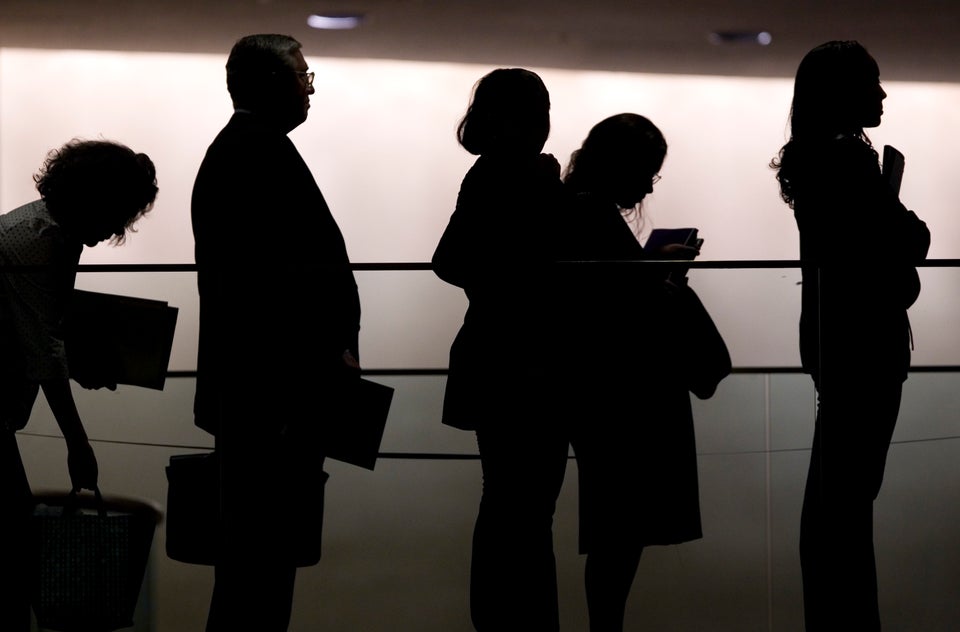The divide between rich and poor isn’t just growing in America’s bank accounts. It’s also splitting apart its neighborhoods, cutting the country in two, according to a new study.
This growing physical separation of the rich and poor is hastening the decline of middle-class neighborhoods and could make income inequality even worse.
The study, by Kendra Bischoff of Cornell University and Sean F. Reardon of Stanford University, finds that the “segregation of families by socioeconomic status” -- i.e., the rich living among the rich and the poor living among the poor -- has increased at a rapid clip in recent decades.
The percentage of American families living in middle-income neighborhoods dropped to 42 percent in 2009 from 65 percent in 1970, according to the study, which analyzes U.S. Census data.
Where did everyone go? To each side of the spectrum, of course! The percentage of families living in wealthy neighborhoods jumped to 15 percent from 7 percent over that period, and the percentage living in poor neighborhoods to 18 percent from 8 percent. From the researchers:
“Thus, in 1970 only 15 percent of families lived in the one of the two extreme types of neighborhoods; by 2009 that number had more than doubled to 33 percent of families.”
Here’s what that looks like, in chart form:

The growing divide has been especially striking in the country’s black and Hispanic communities, where the rich and poor of each racial group are dividing from one another at a pace far quicker than in the white community.
Blacks of differing income levels, for example, were better integrated than whites in 1970, but far more segregated than whites of differing income levels by 2009 -- 65 percent more so than in the white community, to be exact.
As the below chart shows, the trend is similar in the Hispanic community as well:

This neighborhood divide mirrors the country’s broader divide between rich and poor. Between 1979 and 2007, the top fifth of earners experienced enjoyed income gains of 65 percent, compared with less than 40 percent for middle-income earners and less than 20 percent for the bottom fifth, according to the Congressional Budget Office.
And this neighborhood divide between rich and poor may have long-lasting effects, according to the researchers:
“Suppose that poor neighbors hinder children’s educational success because children observe fewer adults in their neighborhood with high educational attainment, and, by extension, fewer adults who have succeeded in school. Children in high-income neighborhoods observe just the opposite. In this case, income segregation would lead to educational inequality between high- and low-income children because it would produce large differences in children’s access to adult role models.”

